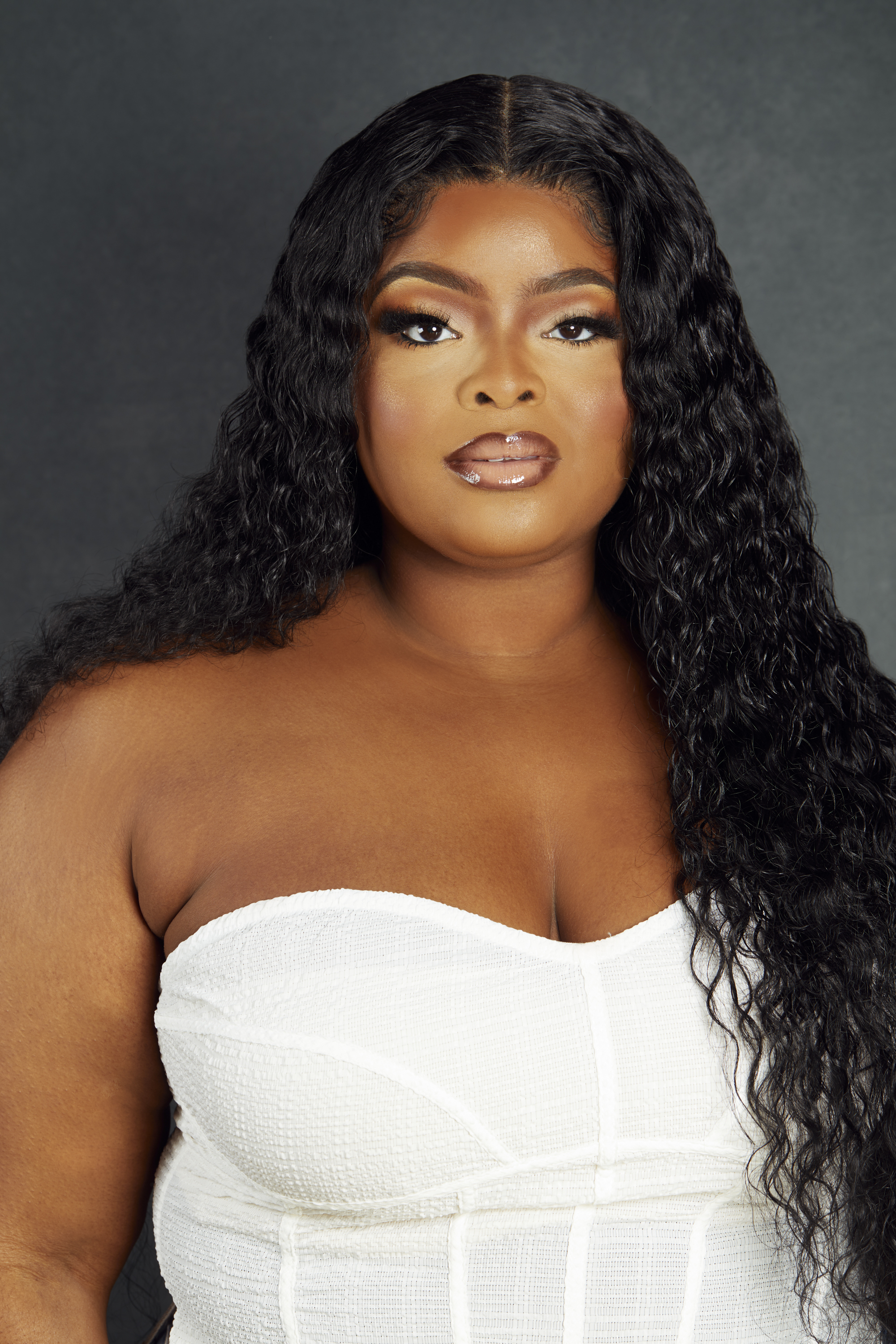What a professional wants you to know about photographing dark skin tones
Beauty and fashion photographer Jade Keshia Gordon believes that we should have the ability to shoot all types of skin tones and shares her advice

For a long time the photography industry made it seem like it's difficult to shoot darker skin tones, either because of studio lighting or just capturing the different tones within their skin. But what if I told you that everything you do for lighter skin tones can be adapted to darker skin tones?
As photographers I believe that we should have the ability to be able to shoot all types of skin tones, and doing our research before a shoot minimizes any problems on the day. I don't think that you'd turn up and tell a model that you couldn't work with their clothes or hair color. Skin color is no different.
With that in mind, here are a few simple things to consider before you start.

Based in London, Jade is a fashion and beauty photographer who works with brands and bloggers alike, as well as manufacturers, such as Manfrotto and Lastolite. She has created content for Nike and Canon, among others, and runs her own talent agency.
Work with the right team
The first thing I would do before starting the shoot would be to find a hair and make up artist that can work on darker skin, as this will eliminate many issues when it comes to photographing the model and would also have them feeling relaxed knowing that they are in good hands. You always want to make sure that you are setting yourself up for a canvas that can easily be retouched.
Consider the background
Choosing a backdrop that complements your model also plays a big part. My go-to colors are nudes, browns, pinks. Some shades like orange and yellow look great on darker skin tones for clothes, but the backdrops can sometimes have the model blending in – which you don’t want.

Get the exposure right
Sometimes people tend to underexpose darker skin tones, as they think that those tones don't need the extra light – but it doesn't quite work like that.
Lighting plays a big part in how you would shoot darker skin tones. You need to make sure that the lighting is balanced, and that it compliments the make up.
The best camera deals, reviews, product advice, and unmissable photography news, direct to your inbox!
I tend to use a two light setup that consists of a softbox or an Octa box on the left hand side of the model. I would then have the beauty dish (key light) on the right side slightly above the model, tilted downwards. You could also have this dish directly in front of the model to reduce any shadows. Having the lights either side enables you to cover the model and the backdrop.
This is definitely a key difference when shooting darker skin tones. You want there to be as much controlled light as possible, whereas if you were shooting someone of a lighter skin tone you would probably have the key light (beauty dish) a distance to avoid blowing their complexion out.
Using reflectors
Once you feel like that you have got the lighting how you want it you can start introducing gold or silver reflectors. Both give two different feels and can enhance the image, as the examples below show.


Read more
The best lens for portraits
The best reflectors
The best camera for beginners
Digital Camera World is one of the leading authorities on camera and photography news, reviews, techniques, tutorials, comparisons, deals and industry analysis. The site doesn't just specialize in cameras, but all aspects of photography, videography and imaging – including camera phones, gimbals, lenses, lighting, editing software, filters, tripods, laptops, printers, photo books, desks, binoculars and more.
Whether you're using, looking to buy or trying to get the most out of a compact camera, action camera, camera drone, cinema camera, beginner camera or professional camera, Digital Camera World has a roster of experts with combined experience of over 100 years when it comes to cameras, photography and imaging.
- Lauren ScottFreelance contributor/former Managing Editor

